According to Mr. Ha Huy Thong, cooperation in searching for missing American soldiers (MIA) and meetings between veterans and writers of the two countries have reopened the Vietnam-US contact channel, initiating the post-war reconciliation process.
MIA resumes Vietnam - US dialogue
In 1977, Vietnam and the United States began negotiations to normalize relations under President Jimmy Carter. The first meeting in Paris (France) in May 1977 did not achieve the goal of establishing full diplomatic relations, but brought about an important result: the United States did not object to Vietnam's entry into the United Nations. On September 20, 1977, Vietnam officially became a member of the United Nations.
Since 1978, the international context has changed, the opportunity for normalization has narrowed even though Vietnam declared its readiness to normalize unconditionally. In 1979, citing the “Cambodia issue”, the United States announced the suspension of negotiations, causing the relationship between the two countries to almost freeze.
After taking office in 1981, President Ronald Reagan made the MIA issue a national priority. Relations between the two countries gradually reopened after many years of interruption.
According to Mr. Ha Huy Thong, in February 1982, Deputy Assistant Secretary of Defense Richard Armitage visited Vietnam to raise the MIA issue. Mr. Thong (at that time working at the North American Department - Ministry of Foreign Affairs ) attended a meeting chaired by Vice Chairman of the Council of Ministers and Minister of Foreign Affairs Nguyen Co Thach.
"At the meeting, Foreign Minister Nguyen Co Thach affirmed that Vietnam considers MIA a humanitarian issue and is ready to cooperate, while the US side also needs to coordinate to resolve the issue of missing Vietnamese soldiers and other humanitarian issues left by the war. He spoke frankly but skillfully, comparing humanitarian cooperation to a "two-way street" to solve problems on both sides," Mr. Ha Huy Thong recounted.
From August 1 to 3, 1987, General John Vessey, former Chairman of the Joint Chiefs of Staff of the United States, President Reagan's special envoy on POW/MIA issues, came to Vietnam to discuss humanitarian cooperation. The delegation included Frederick Downs, a veteran who lost his left arm after stepping on a mine on the Vietnam battlefield in 1967.
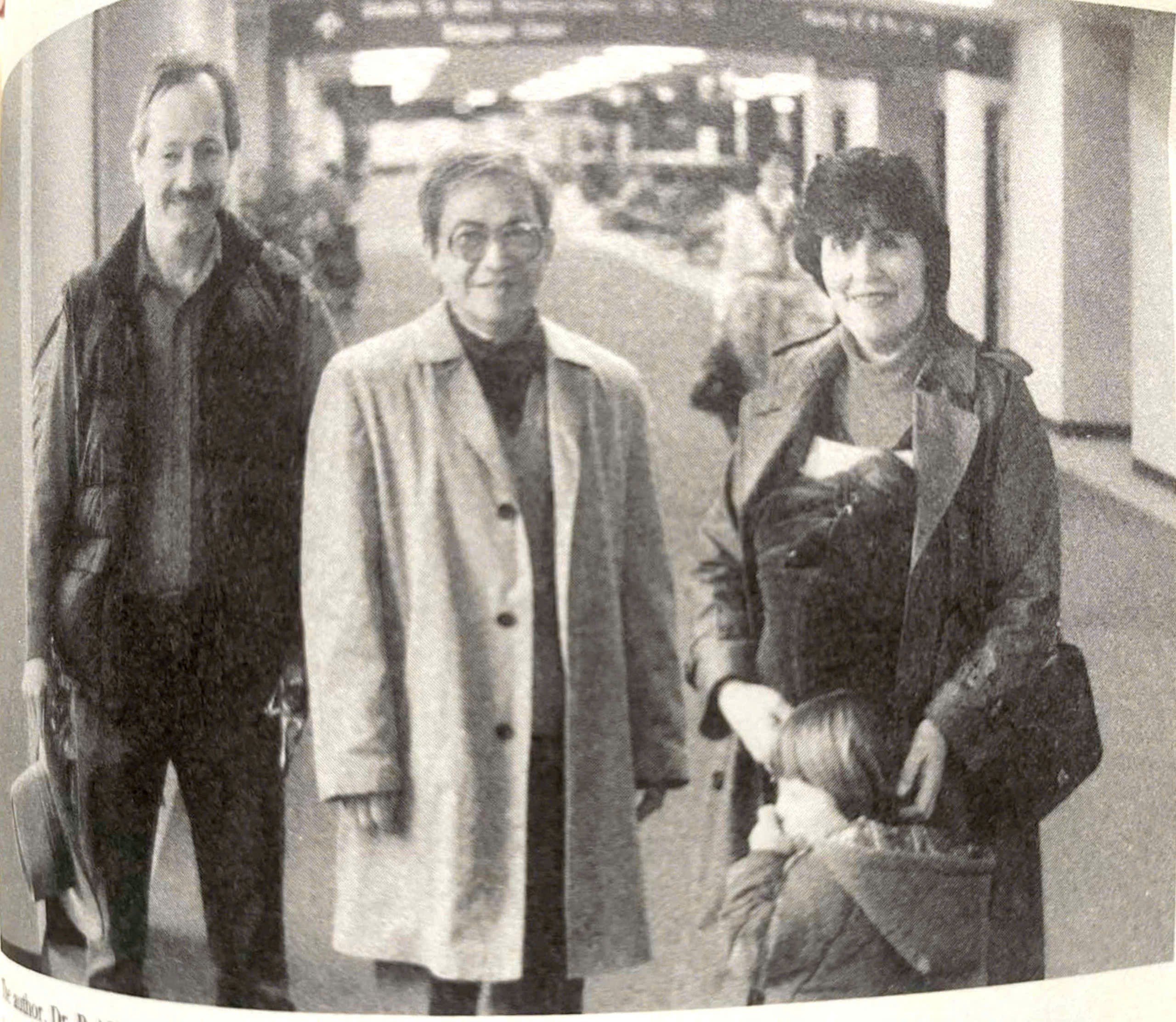 |
| Mr. Frederick Downs and his wife, Mary, welcomed Dr. Bui Tung (center) at Dulles Airport (Washington, DC) during his visit to the United States from November 28 to December 3, 1988. (Photo taken from the book “No Longer Enemies, Not Yet Friends: An American Soldier Returns to Vietnam”) |
In his book “No Longer Enemies, Not Yet Friends: An American Soldier Returns to Vietnam” (published in 1991 by WW Norton & Co, Inc.), written after five visits to Vietnam, Downs recounted that the US side raised issues of concern such as Amerasians, people leaving under the Orderly Departure Program (ODP), people in reeducation camps (HO). The Vietnamese side presented the consequences of war: millions of disabled people, hundreds of thousands of orphans, destroyed schools and hospitals…
The two sides agreed to divide into two working groups: one on POW/MIA; one on Vietnam's humanitarian issues, first of all the prosthetic limb program.
On October 13, 1987, the US Department of State and Department of Defense released a report by the US Presidential Envoy and NGOs on Disabilities in Vietnam. Due to the embargo, the US government has not been able to provide funding, but the report encourages US NGOs to support humanitarian projects in Vietnam.
In the book, Downs writes that before coming to Vietnam, he read a United Nations report that ranked Vietnam very low in terms of prosperity. Poverty was evident on the way from the airport to the city, but he did not encounter any hostility from the people. He recounts his meeting on August 26, 1987, with Dang Nghiem Bai, Director of the North American Department (Vietnam's Ministry of Foreign Affairs), and Dr. Bui Tung, Director of the prosthetic limb facility under the Ministry of Labor, War Invalids and Social Affairs.
After 1987, Downs supported projects at Xa Dan School for Deaf Children, Nguyen Dinh Chieu School for the Blind... In November-December 1988, he invited Dr. Bui Tung to accompany Vice Chairman of the People's Committee of Thua Thien Hue Nguyen Dinh Ngo to visit the United States and his family in Washington, DC.
Downs believes that humanitarian issues were the catalyst for the two sides to resolve their differences. He wrote: "I became a part of Vietnam and Vietnam became a part of me (...). Any soldier returning from battle knows that there will come a time when the gunpowder will clear and the dust will settle. It is in that moment of magnanimous insight that the war truly ends."
Meeting between writers and veterans
In 1989, Mr. Ha Huy Thong was a press attaché at the Permanent Mission of Vietnam to the United Nations in New York (USA). He said: At that time, diplomatic staff were only allowed to travel within a radius of 25 miles. Receiving an invitation to attend a meeting between writers and veterans of the two countries at the William Joiner Center (Boston, Massachusetts), 200 miles from New York, Mr. Thong had to ask for special permission. With the support of Mr. Michael Marine, Deputy Head of the Vietnam - Laos - Cambodia Office (US State Department), he was approved to leave New York. Mr. Thong attended in a role of contact support in a context of many differences in language, culture and psychology.
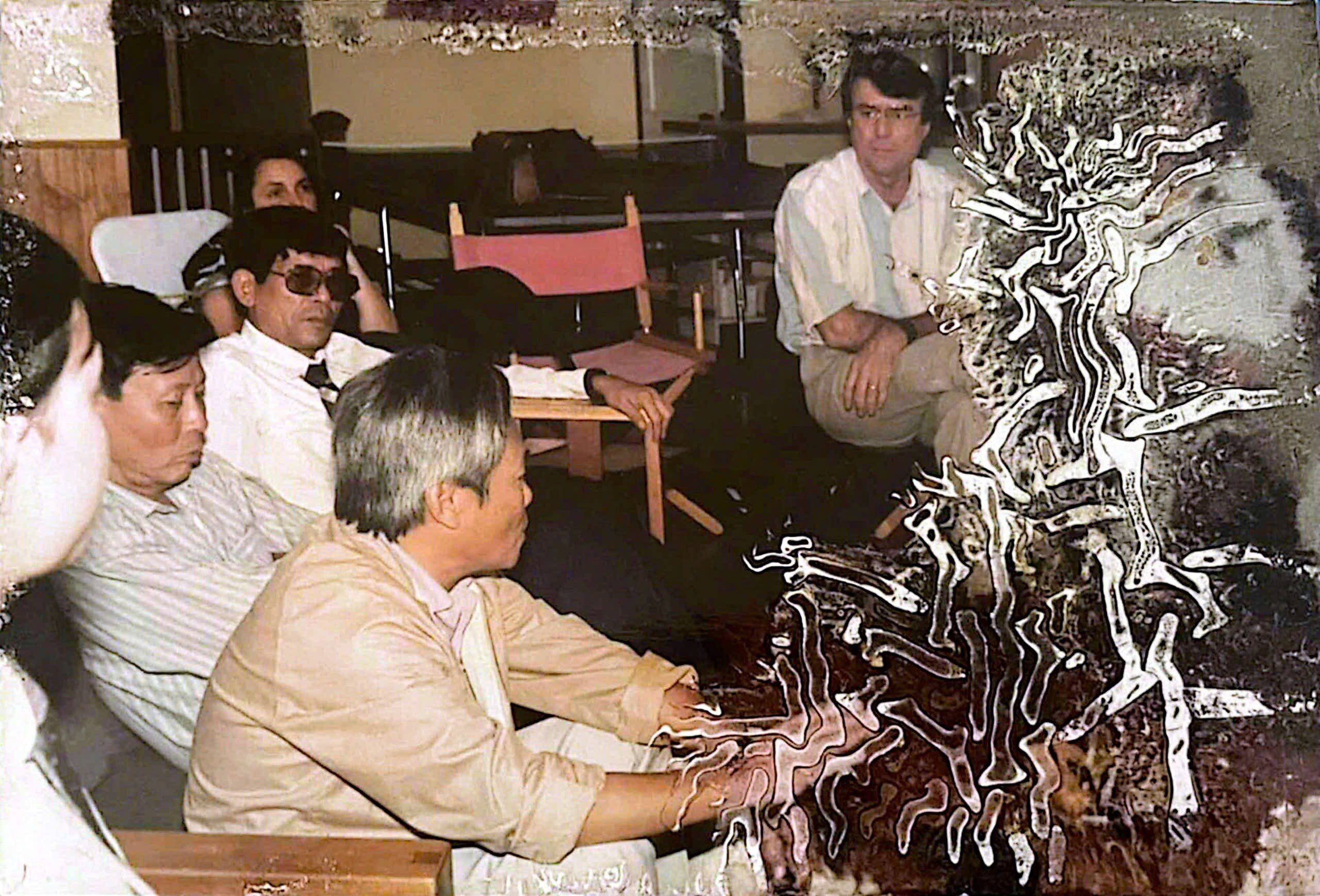 |
| Meeting of Vietnamese and American writers and veterans in Boston (Massachussettes, USA), August 3, 1989. (Photo: Provided by Mr. Ha Huy Thong) |
"The first few minutes were awkward, but the frankness and sincerity drew everyone closer. Many US veterans said that when they came to peaceful villages and saw the friendliness of the people, they wondered why they had to carry guns. Some wiped their eyes when recalling life-and-death moments. As someone who used to wear a soldier's uniform, I was moved when I heard them talk about reconciliation and tolerance after decades.
Many questions were raised: Why did they have to go to war? Why did many students and young people have to leave their families? Many people believed that the embargo policy at that time prolonged the division between the two sides.
In the end, both sides agreed that dialogue between veterans, writers, and scholars would contribute to healing the wounds of war. Later, some veterans who attended continued to stay in Vietnam, even marrying Vietnamese women," Mr. Thong recounted.
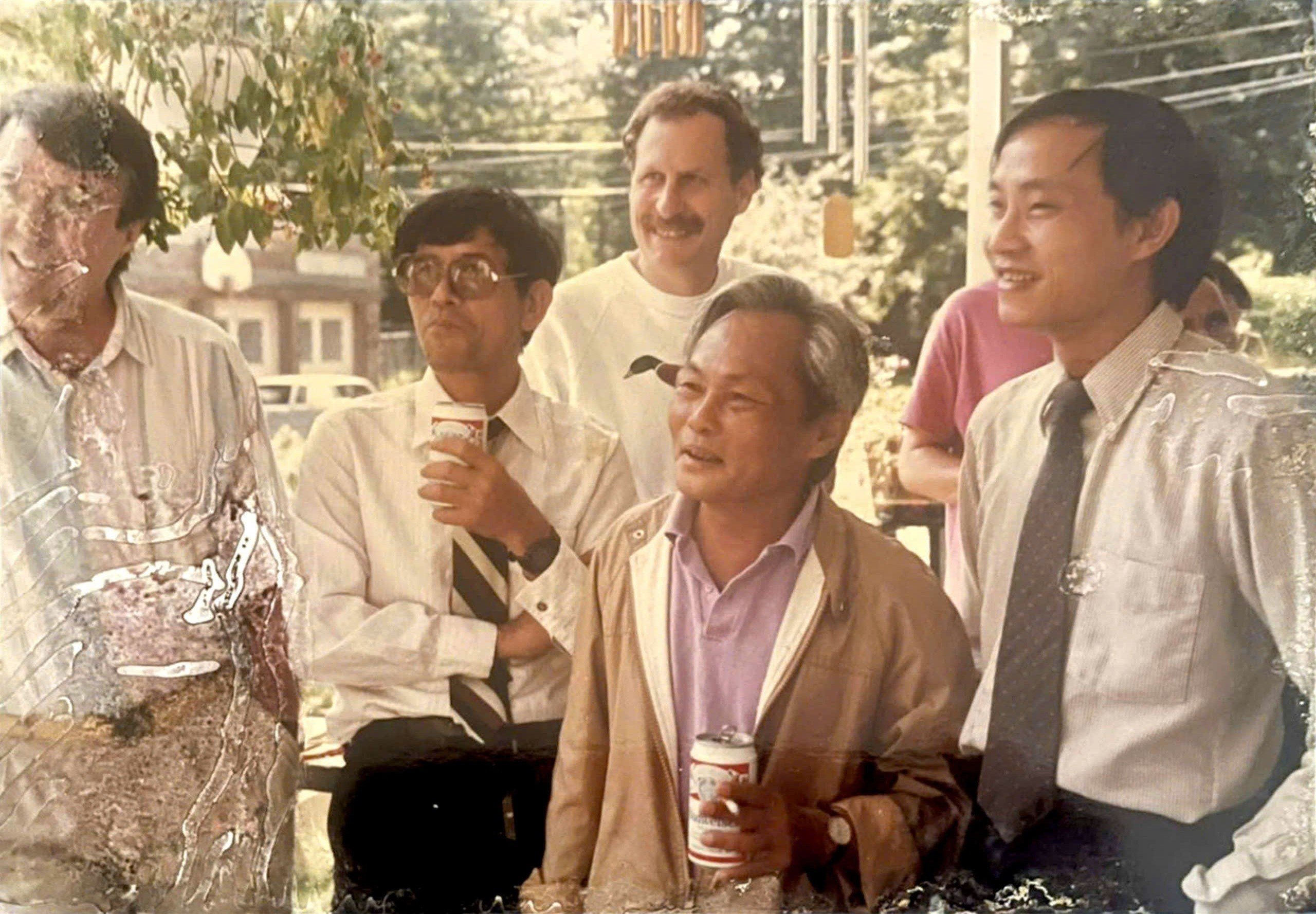 |
| Front row, from right to left: Mr. Ha Huy Thong, writer Nguyen Quang Sang, writer Le Luu at the home of poet and US veteran Kevin Bowen, August 3, 1989. (Photo: Provided by Mr. Ha Huy Thong) |
He added: "Many Americans told us that once former enemies sat down and said 'Let's be friends', it meant the two countries should reconcile. Indeed, they became the strongest promoters of the normalization of Vietnam-US relations."
 |
| Writers and veterans from Vietnam and the United States take a souvenir photo in Boston (Massachussettes, USA), August 2, 1989. (Photo: Provided by Mr. Ha Huy Thong) |
On November 21, 1991, the two countries conducted the first round of negotiations on normalizing relations. According to Mr. Ha Huy Thong, it was no coincidence that when announcing the lifting of the embargo (February 3, 1994) or when announcing the normalization of relations with Vietnam (July 11, 1995), US President Bill Clinton invited many congressmen and officials who were veterans of the war in Vietnam such as John Kerry, John McCain, John Vesey - the pioneers in promoting reconciliation - to be present at those events. It was also no coincidence that Mr. Pete Peterson - a veteran, US congressman - was appointed by President Clinton as the first US Ambassador to Vietnam.
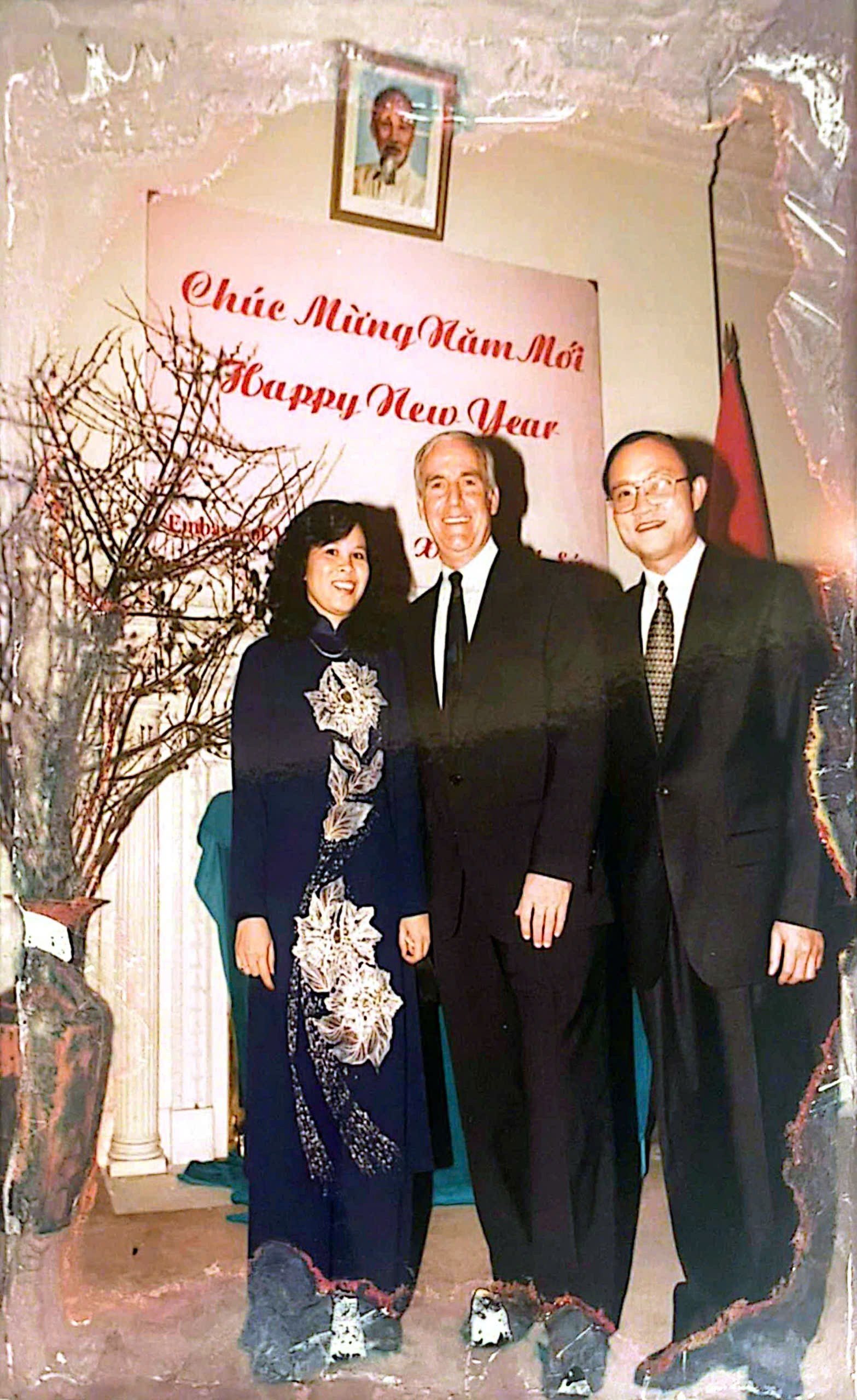 |
| Former Congressman Pete Peteson (center) wishes a Happy Lunar New Year to Chargé d'Affaires Ha Huy Thong and his wife at the newly opened Vietnamese Embassy in Washington, DC in February 1997 before taking up his duties as the first US Ambassador to Hanoi. (Photo: Mr. Ha Huy Thong provided) |
Source: https://thoidai.com.vn/bai-1-di-san-nhan-dao-mo-duong-tuong-lai-217733.html




![[Photo] President Luong Cuong receives President of the Senate of the Czech Republic Milos Vystrcil](/_next/image?url=https%3A%2F%2Fvphoto.vietnam.vn%2Fthumb%2F1200x675%2Fvietnam%2Fresource%2FIMAGE%2F2025%2F11%2F20%2F1763629737266_ndo_br_1-jpg.webp&w=3840&q=75)
![[Photo] National Assembly Chairman Tran Thanh Man holds talks with South Korean National Assembly Chairman Woo Won Shik](/_next/image?url=https%3A%2F%2Fvphoto.vietnam.vn%2Fthumb%2F1200x675%2Fvietnam%2Fresource%2FIMAGE%2F2025%2F11%2F20%2F1763629724919_hq-5175-jpg.webp&w=3840&q=75)
![[Photo] Lam Dong: Panoramic view of Lien Khuong waterfall rolling like never before](/_next/image?url=https%3A%2F%2Fvphoto.vietnam.vn%2Fthumb%2F1200x675%2Fvietnam%2Fresource%2FIMAGE%2F2025%2F11%2F20%2F1763633331783_lk7-jpg.webp&w=3840&q=75)

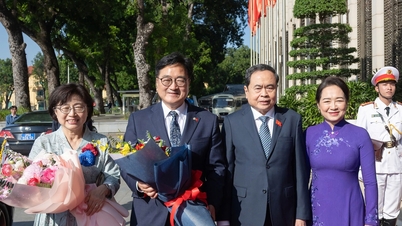

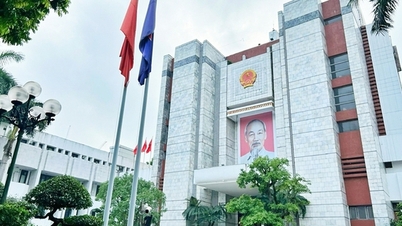

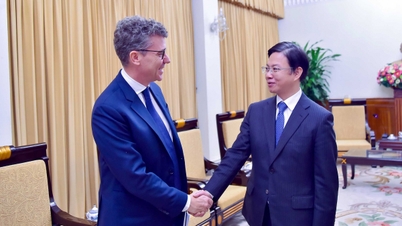


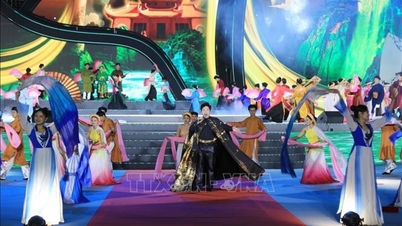





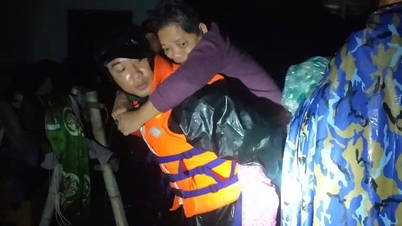

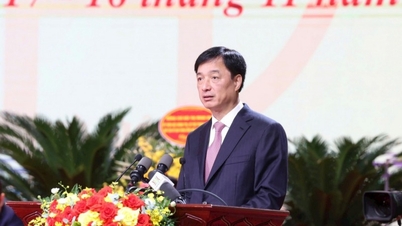

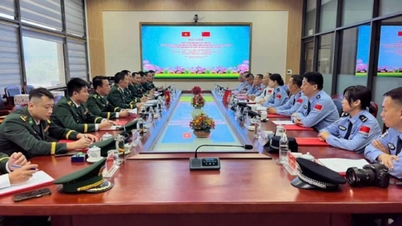
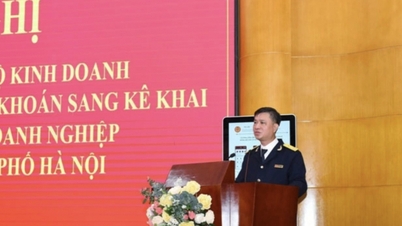



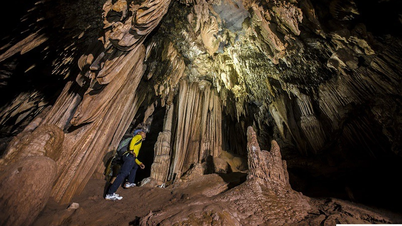

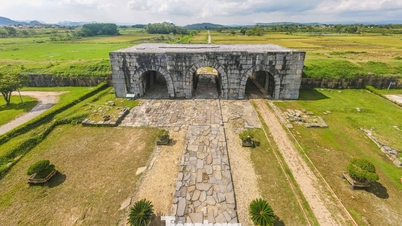

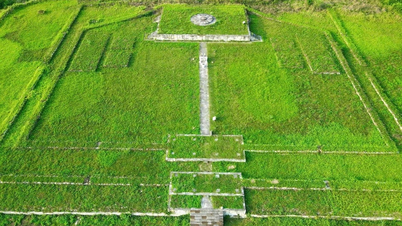




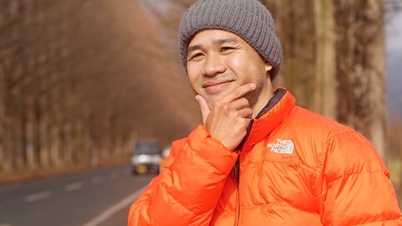


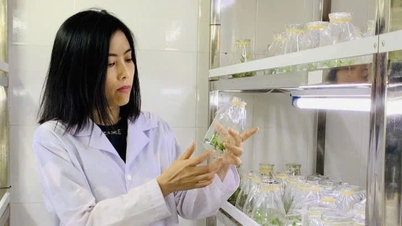

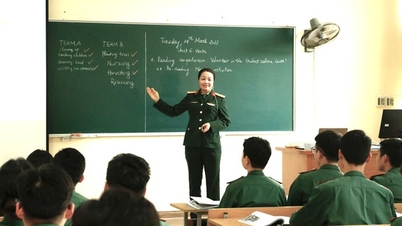



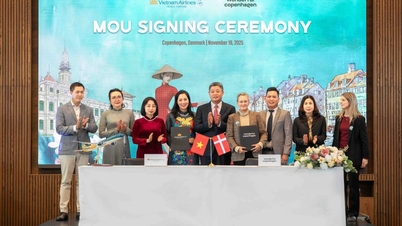





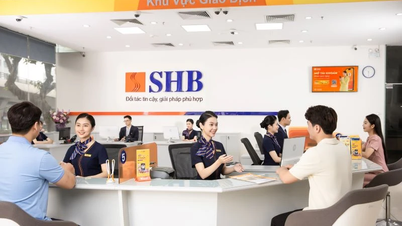









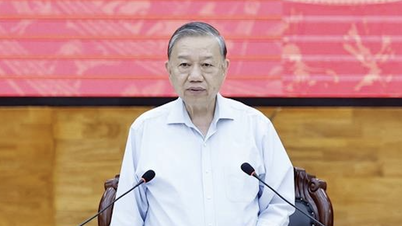



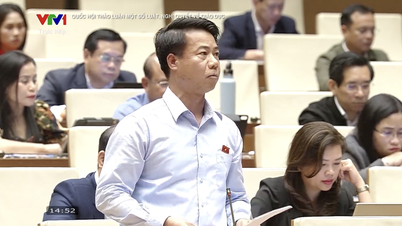


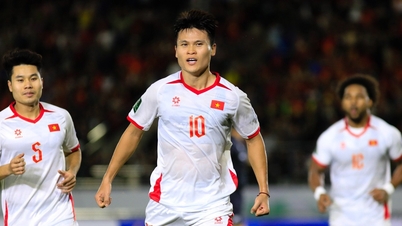
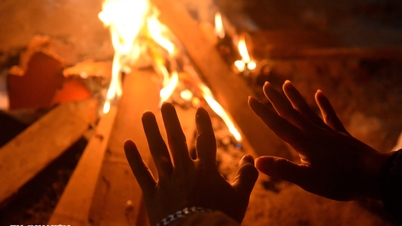
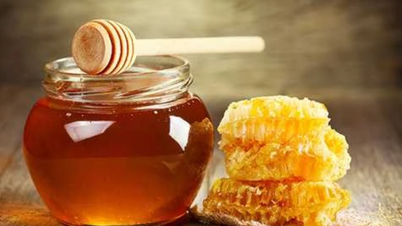

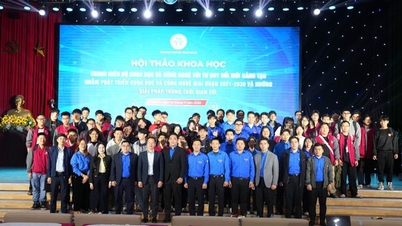

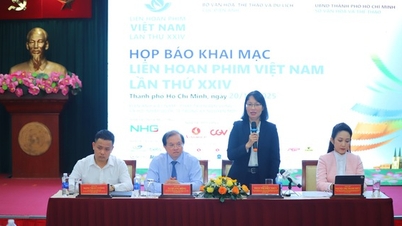


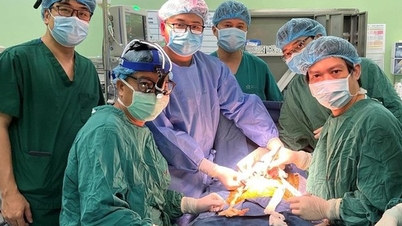

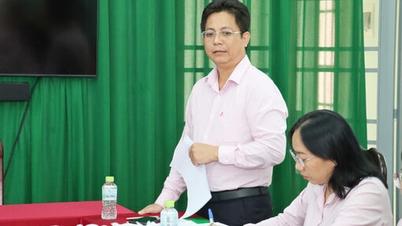

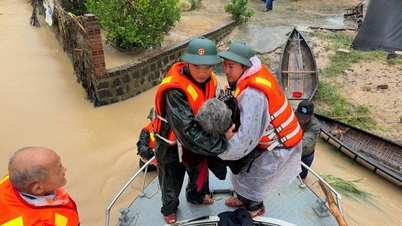


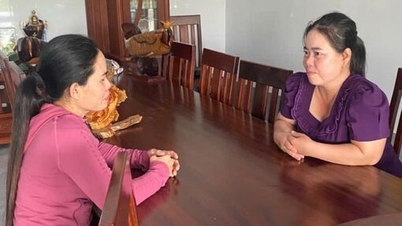
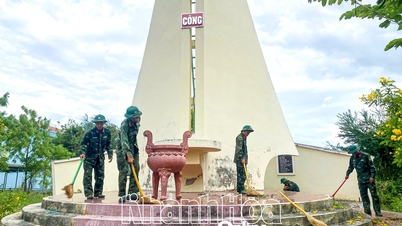

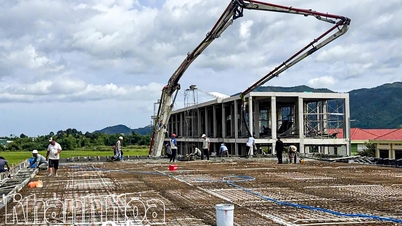


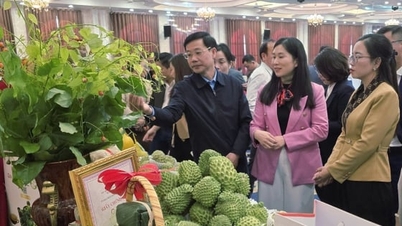











Comment (0)